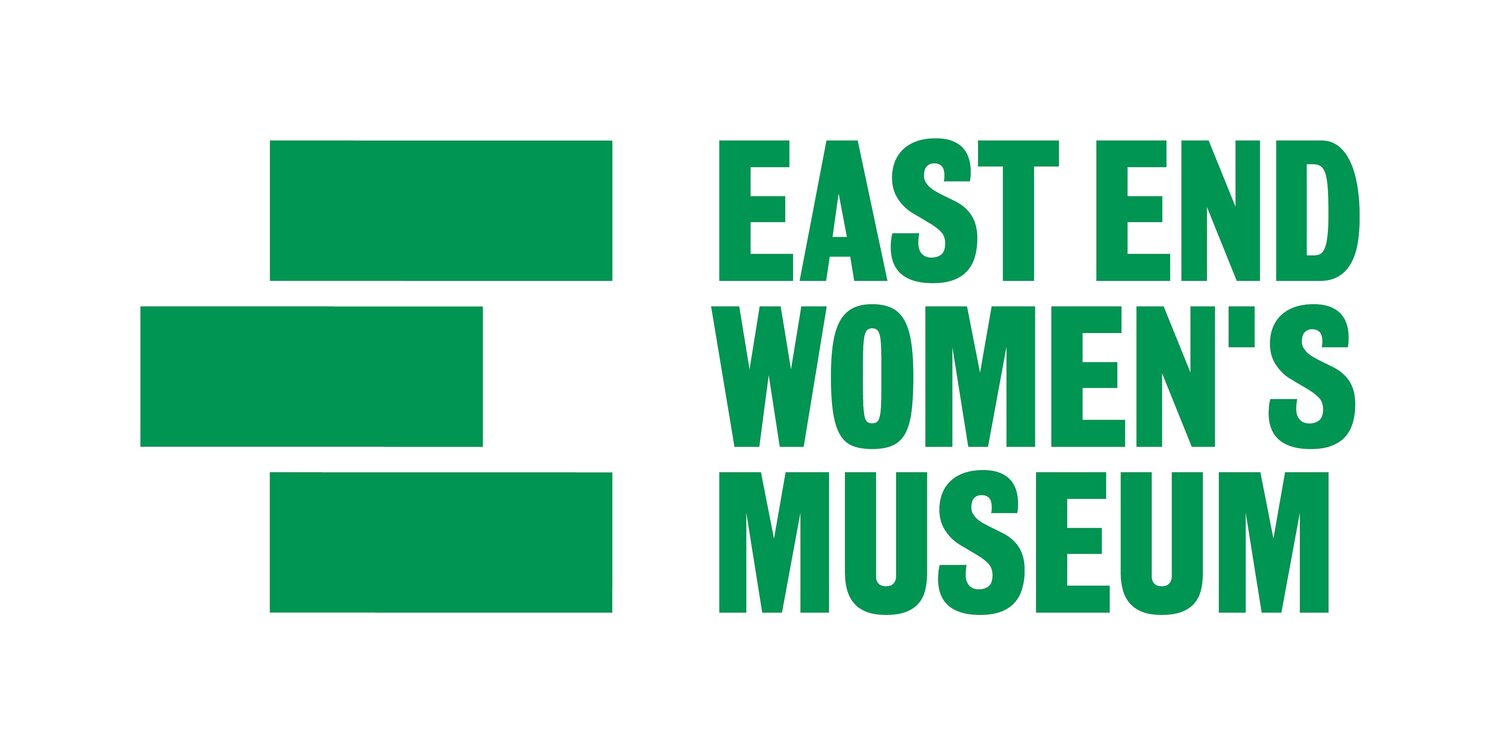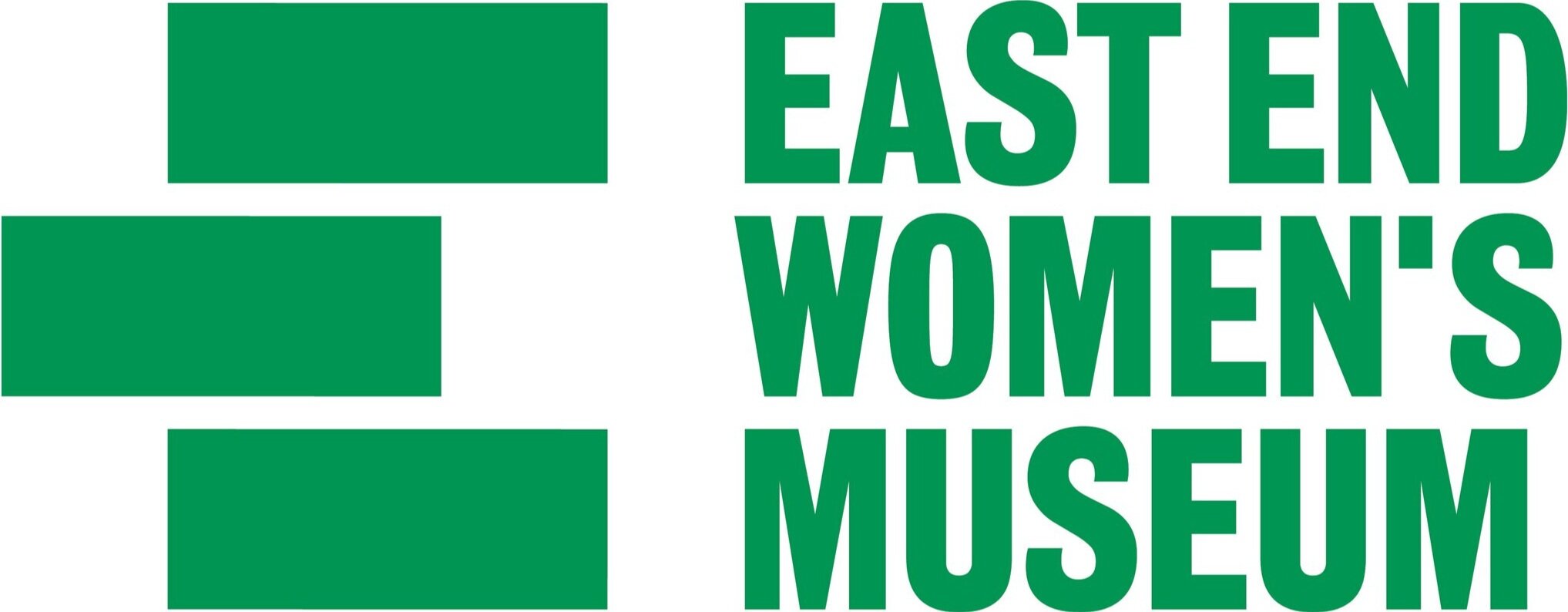Sarah Taylor explores the history of queer activism in East London through an examination of lesbian housing squats in London Fields during the 1970s.
Hackney: Broadway Market (c) Dr Neil Clifton (via Wikimedia)
Broadway Market
Walking down Broadway Market, an East London street winding from London Fields to Regent’s Canal, it is hard to imagine that it was once the home to anti-capitalist and LGBT activism, protests, demonstrations and squatting. Nowadays, Broadway Market, described as a “bustling hub for the Hackney hipsters”, contains an array of coffee stands, expensive restaurants, boutique skincare shops, and even a small oyster stall. Every Saturday, in non-Covid times, there is a street market. The street-traders at this Saturday market maintain a traditional feel, selling flowers, fresh produce and bread. However, many of the local establishments, including cafes and Caribbean food shops, have been closed down and evicted in order to make way for residential flats or trendy pubs. Like many areas in East London, Broadway Market and its neighbouring London Fields have become gentrified.
Lesbian squats
In the 1970s and 1980s, however, Broadway Market was a hub for lesbian activism and squatting. By the late 1970s, London Fields became an oasis of lesbian communes, with estimates of over fifty women-only households. Some streets even had continuous terraces of women-only squats. The majority of these women were lesbians: living together, sharing childcare, and organising politically. The squats weren’t only for shared living and many also served as venues for poetry, photography, writing and other cultural activities. The lesbian community also expanded their socialisation out onto the streets, playing hockey on London Fields, or gathering in pubs such as the Belgrave. For several years, Broadway Market was home to a vibrant and active lesbian squatting community. There are two important aspects that contributed to the rise of this LGBT neighbourhood in East London: the exclusion of women from the male-dominated Gay Liberation Front and the rise of squatting in the 1970s.
Women’s exclusion from the Gay Liberation Front
The 1970s saw the emergence of the modern LGBT activist movement around the world. Directly influenced by the 1969 Stonewall riots in America, many significant LGBT groups were founded, including the Gay Liberation Front (GLF) in 1970 in London. These groups represented a new type of direct, unashamed and proud LGBT activism and organising. The groups were largely political and anti-capitalist in their nature and gave support to many other oppressed groups, including Black Power and the anti-Vietnam war movement. In the UK, the GLF held weekly meetings, produced newsletters and zines and took part in demonstrations. In 1972, London’s first Gay Pride March was held with around 2,000 participants.
The GLF made pivotal and significant contributions to LGBT activism and for gay, lesbian and transgender people within the UK. Alongside providing resources for the LGBT community, including a telephone helpline and national newspaper, and campaigning against homophobic policies, the GLF also united a large LGBT community and encouraged pride rather than shame. Although the GLF formally disbanded towards the end of 1973, many other groups and activists continued their activism and campaigning, particularly focusing on the HIV/AIDS epidemic of the 1980s and 1990s. The GLF and other similar groups provided a momentous step forward in LGBT activism and organising.
However, similar to many social activist groups of the 1970s, there was often a gender imbalance within the GLF. In American pre-Stonewall homophile groups, for example, women rarely held leadership positions, and most of the organisers were middle-class white gay men. Women’s sexuality was never criminalised in the UK in the same way as homosexuality was, meaning that the priorities and activism often differed between gay men and lesbians. Despite a manifesto that promoted equality and challenged sexism and reductive gender stereotypes, and the fact that women were actively involved in the GLF from the first meeting, women in the GLF were a minority and some still felt sidelined.
Many lesbians felt their needs weren’t being met within the GLF, and left to join the Women’s Liberation Movement (WLM), where women’s issues were top of the agenda. However, many lesbians were also ignored by the WLM, which was mostly made up of white, middle-class, heterosexual women. The early 1970s saw some WLM members reject any discussion or focus on lesbianism, referring to it as a “red herring”. So, for many lesbians who were sidelined by both the GLF and the WLM, forming a separate women-only space was their next choice. For these lesbians, they desired a place where they could live, meet and organise with one another, as the majority, not minority, group. Squats became those spaces.
The rise of squatting
Squatting, the practice of occupying an abandoned or derelict building without paying any rent or owning it has been going on for hundreds of years. Political and organised squatting in London as a social movement, however, began towards the late 1960s when the London Squatters Campaign was founded. In the early 1970s, there were an estimated 100,000+ empty houses in London alone, and thousands of people living homeless, with tens of thousands in temporary accommodation. Due to the failure of council organisation and long waiting lists for accommodation, many people began to squat and throughout the 1970s and 1980s, there were between thirty and fifty thousand people squatting in the UK at any one time. Squatting was a practical solution for many homeless people and people living in poverty.
Squatting also served as a radical, anti-capitalist political act. For many, including Olive Morris and Liz Obi who squatted at 121 Railton Road in Brixton in the early 1970s, squats created a space for Black political and community action, as well as providing a solution for homelessness, especially given the rising rent prices. For many people, including Mala Sen and the Bengali Housing Action Group, squatting served as a direct challenge to racism; especially as the Bengali community faced housing discrimination and were forced to live in awful living conditions. Squatting allowed people to directly organise against racist, capitalist and bureaucratic councils, alongside helping people to firmly establish communities and communal spaces.
For many lesbians, squatting was, therefore, an appealing choice. There was the practical and politically driven element – the need for housing, especially if you were within an oppressed or discriminated group – as well as the personal desire for lesbians to create and forge their own spaces having been excluded from both the GLF and the WLM. In the case of squatting, the personal and the political intertwine. Squatting could also represent, for many people, a breakaway from heteronormative and traditional living conditions. Squats offered a communal and shared living space; places where childcare was shared and where gender roles were interrogated. Communes and squats appealed to the LGBT community for these reasons – in Bethnal Green, for example, there was a GLF commune, but it was all male. Instead, lesbians squatted further east along the canal, in London Fields and Broadway Market.
Feminist squats then and now
There were women-only squats all over London, in Brixton, Camden, Islington and Tower Hamlets. Broadway Market was one of many women-only squats, but it seemed to be the only one largely populated by lesbians. In the early 1970s, the Broadway Market Squatters Association was founded, and by the mid-1970s, there was an increase in many women-only and lesbian squats. The lesbian community, living amicably side-by-side with mixed houses, expanded via word of mouth and personal invitations from fellow political organisers. Lesbians often helped with the maintenance of the derelict squats and soon gained a positive reputation for doing up houses. Anny Brackx, a GLF campaigner, lesbian activist, member of the Spare Rib collective and CND organiser, moved to a woman-only squat in Marlborough Avenue in the early 1970s. In an interview with Professor Christine Wall, Brackx notes how one of her lovers came and fixed up the house, which had a leaky roof and was initially without water or electricity. Brackx’s lover even undertook a plumbing course so she could plumb in a bath. In many cases, lesbians were welcomed to these abandoned houses by neighbours on account of their DIY skills.
Squatting allowed these groups of women – a large majority of whom were lesbians and who rejected traditional gender roles and nuclear family structures – a place to safely live, settle and organise with like-minded people.
Organised squatting started to decline towards the end of the 1970s when the Conservative Party won the Greater London Council elections in 1977. The new administration, spearheaded by Horace Cutler, launched a Homesteading scheme. This policy gave away or sold abandoned and derelict houses to aspiring London homeowners. The GLC offered an amnesty to squatters, who could either move to council flats or remain and form housing co-operatives, which in turn could then purchase the squatted properties.
In Broadway Market, squatting did continue until the late 1980s, with a mixture of heterosexual and lesbian women. The 1970s lesbian communes gave way to 1980s punk squats, and it wasn’t until Hackney Council began re-developing the area in the late 1980s that these women-only spaces disintegrated.
Nonetheless, feminist activism and squatting have continued in different forms. Despite squatting becoming a criminal offence in 2012, activist groups have staged squats as a form of direct political action. Sisters Uncut, for example, a feminist direct action group that opposes cuts to government funding for domestic violence services and victims, reclaimed and occupied an empty council flat in Hackney in 2016, turning it into a community centre.
Women have been actively claiming, occupying and squatting properties in the UK for several decades. Squatting is an important aspect in direct political, anti-capitalist and feminist action. It helps to establish lively and vibrant grass-root communities, as in the case of the lesbian squats in Broadway Market, alongside raising awareness of government housing and funding cuts, as evidenced by Sisters Uncut’s activism. It also represents an alternative type of living: one that moves away from a gendered and heteronormative structure, and towards a shared, communal and open space.
Author
Sarah Taylor is a Masters graduate who has lived in East London for several years. Her historical interests lie in gender, LGBT and social activism history. She recently completed her MA at the University of Amsterdam in American Studies. She also runs a feminist book blog, Dissolving Margins.
Sources
‘Broadway Market’, (2018) https://www.timeout.com/london/shopping/broadway-market-1
Christine Wall, ‘Sisterhood and Squatting in the 1970s: Feminism, Housing and Urban Change in Hackney’ (2017)
‘The East End women who fought for gay rights’, (2020) https://walthamforestecho.co.uk/the-east-end-women-who-fought-for-gay-rights/
Jeska Rees, ‘“Taking Your Politics Seriously”: Lesbian History and the Women’s Liberation Movement in England’ (2009)
MayDay Rooms, ‘Squatting is a part of the Housing Movement: Practical Squatting histories from 1968 to 2019’
‘Sisters Uncut ‘Reclaim’ Empty Council Home and Transform It Into Community Centre’, (2016) https://www.huffingtonpost.co.uk/entry/sisters-uncut-occupy-council-house-in-hackney-to-fight-gentrification_uk_57838055e4b0935d4b4b2a76






